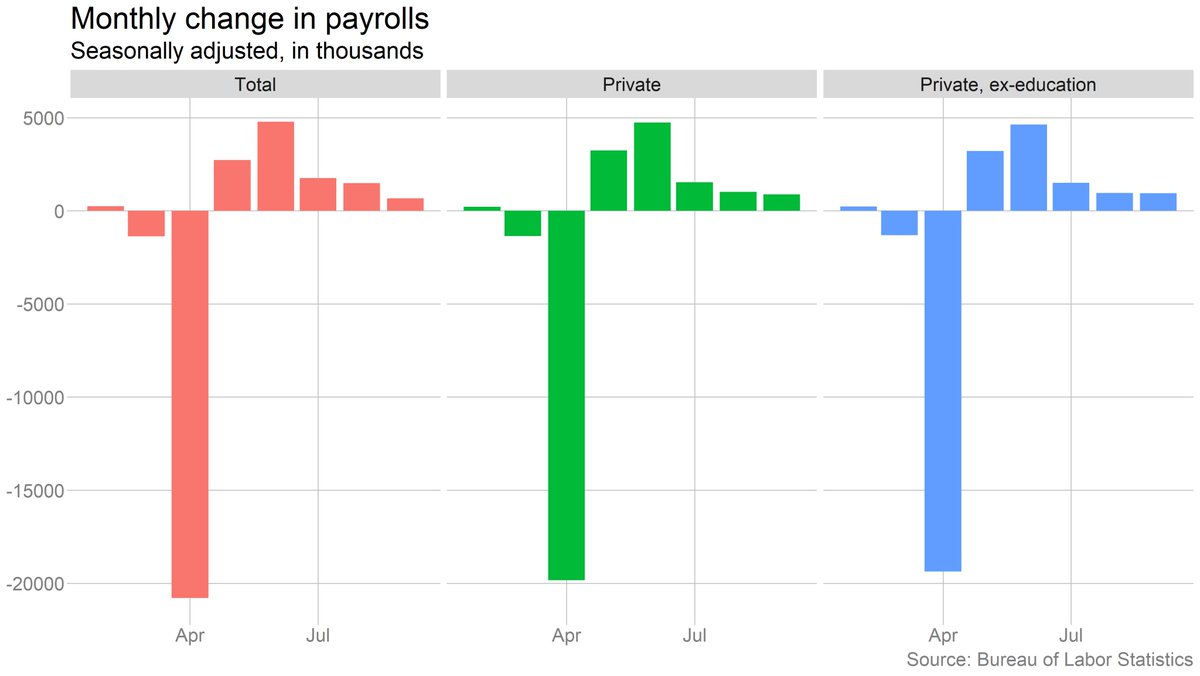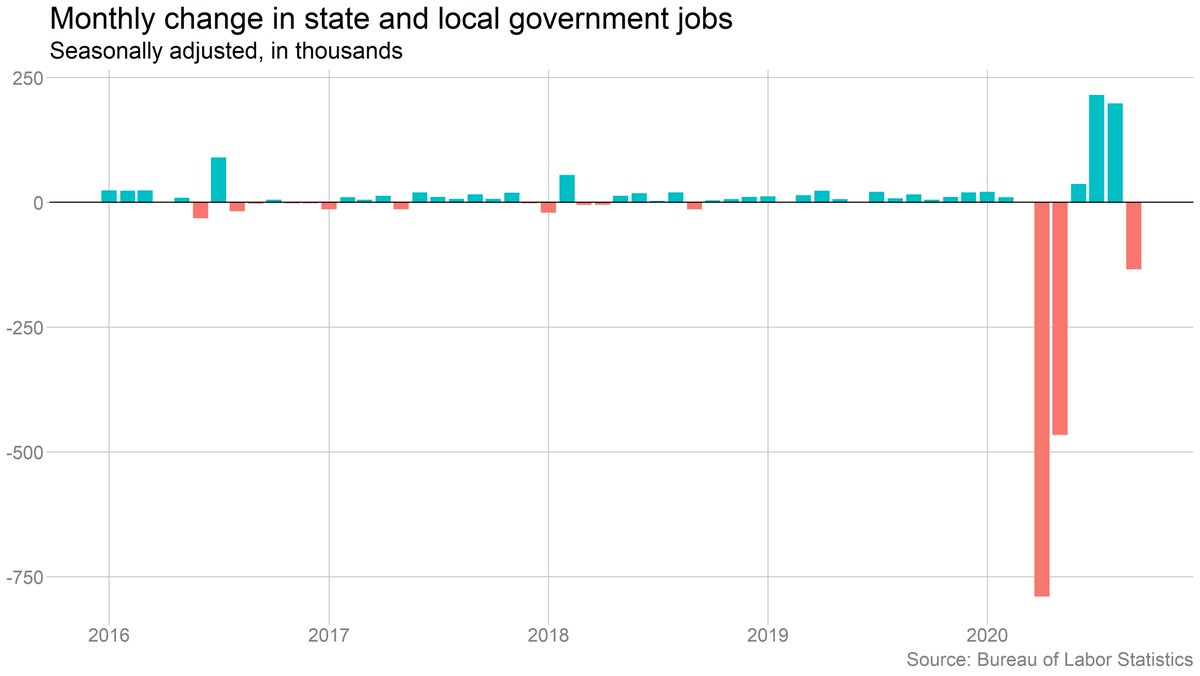
I can't pick one snippet to tweet from this @brianmrosenthal @mrothfeld story on the incompetence and nepotism at NYC's Board of Elections because each line makes me angrier than the one before it. Just read the whole thing.
nytimes.com/2020/10/26/nyr…
nytimes.com/2020/10/26/nyr…
@brianmrosenthal @mrothfeld A city investigation found the Board of Elections was plagued by “illegality, inefficiency, laxity and waste" ... in 1940.
An NYT editorial called it “at best a semi‐functioning anachronism” ... in 1971.
An NYT editorial called it “at best a semi‐functioning anachronism” ... in 1971.
In 1985, another city inquiry said the BOE had an “almost embarrassing lack of understanding” of its job.
And in 2013 an investigation found “illegalities, misconduct, and antiquated operations,” including that nearly 10% of employees were related to another staffer.
And yet nothing changed.
And yet nothing changed.
• • •
Missing some Tweet in this thread? You can try to
force a refresh












